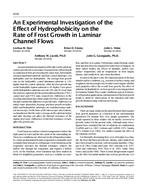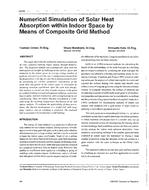Click here to purchase
Many buildings already exist in an urban context, in close proximity to many other buildings of similar or larger size and in micro-climates (e.g., urban canyons and heat islands) created by this environment. As the world’s population increasingly flows into cities, many more buildings will fit this description. Cities are collecting new data on basic building features, mutual shading, and microclimate and synthesizing it in GIS platforms and in 3D city models like CityGML. This new data in the urban context impacts building energy performance. Taking advantage of this information to improve urban building energy modeling requires simulation engines to incorporate it into calculations and do so in a scalable way that achieves acceptable computing performance and accuracy for urban scale modeling applications. This paper presents several new features recently implemented in EnergyPlus version 8.8 to improve its accuracy in the urban context and expand its applicability to urban scale building energy modeling. These features include (1) import and export of exterior shading schedules, (2) calculation of long-wave radiant exchange between buildings, and (3) use of urban microclimate conditions. We discuss these features along with simulation examples to demonstrate their use and impact on urban scale building energy modeling.
Citation: ASHRAE/IBPSA-USA Bldg Simulation Conf, Sept 2018
Product Details
- Published:
- 2018
- Number of Pages:
- 7
- Units of Measure:
- Dual
- File Size:
- 1 file , 3.9 MB
- Product Code(s):
- D-BSC18-C015


